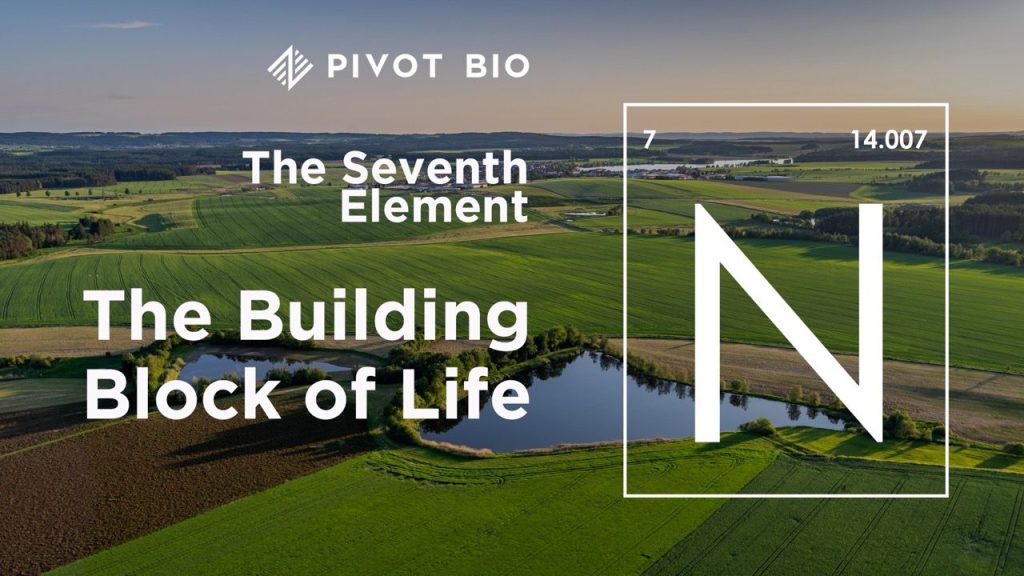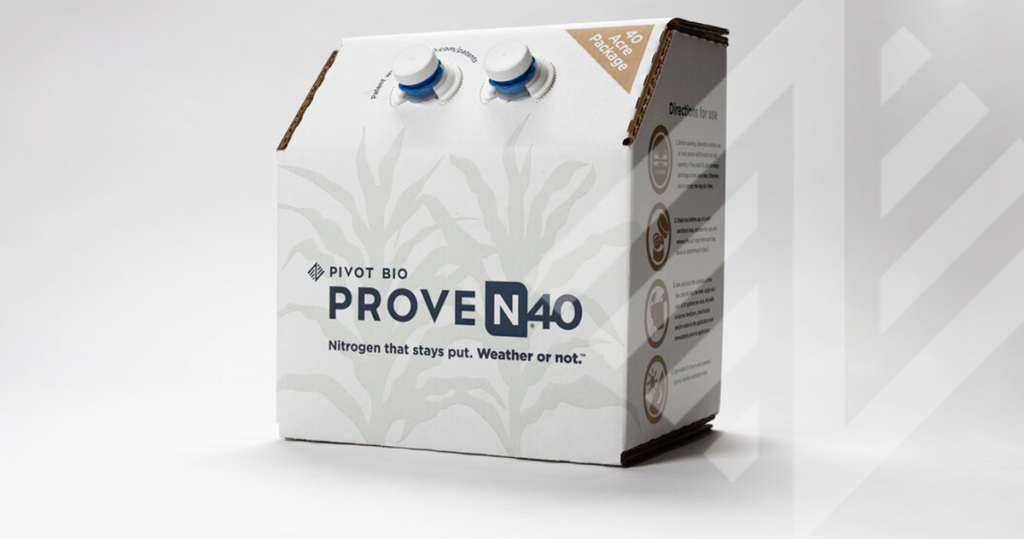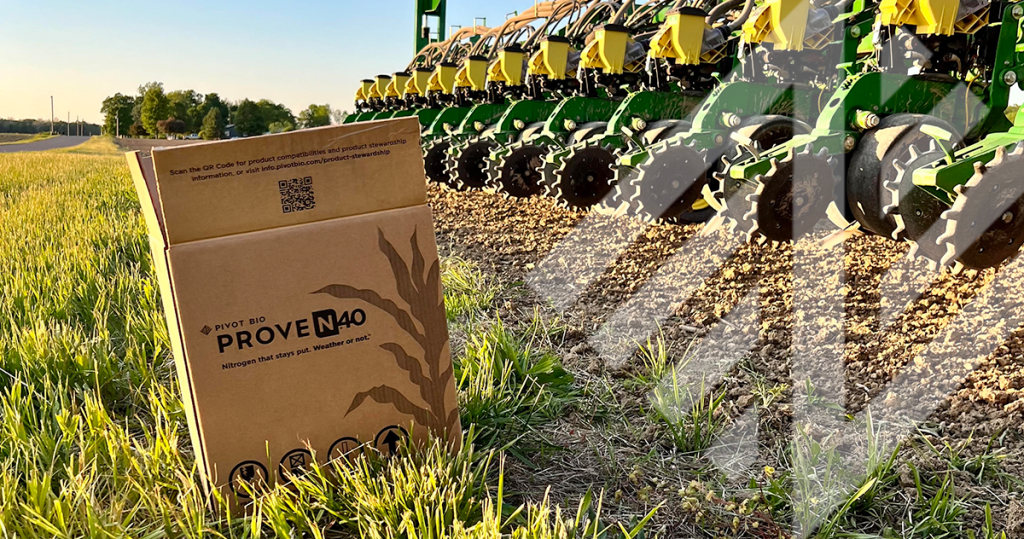The Building Block of Life: Nitrogen Makes it all Possible

From large farms to vegetable gardens, the conventional wisdom says that crops need synthetic nitrogen fertilizers to produce high yields. At Pivot Bio, we like to put convention under the microscope and ask ourselves, what if there’s a better way?
In this blog series, The Seventh Element: Our First Priority, we’re exploring nitrogen as the foundation of all life, and what nitrogen innovations mean for farmers and our planet.
The Earth and environment are governed by the laws of nature and cycles of different elements. Just about everybody is familiar with the water cycle, but there are numerous lesser-understood nutrient cycles that help keep the world turning. One of these cycles involves a primary nutrient critical to all organisms’ survival: nitrogen. So let’s take a moment to connect with our roots and delve into how nitrogen contributes to life on Earth.
Nitrogen is a primary nutrient abundant in the atmosphere; almost 80% of it is made up of this one element. Nitrogen is a core ingredient of amino acids, which are the building blocks of proteins and the nucleic acids that form RNA and DNA. Nitrogen exists in many forms, both inorganic and organic. Common inorganic forms, meaning they don’t contain carbon, are N2 gas, ammonium, nitrite and nitrate. Organic, or carbon-containing nitrogen forms include those core building blocks like proteins and amino acids. In the nitrogen cycle, it changes from one form to another as organisms use and process it for energy or growth, and it eventually releases back into the atmosphere.
The human body is constantly working hard, creating new cells and proteins to replace those that wear out. Every time the body makes a new cell, it replicates that cell’s DNA. This process occurs about 2 trillion times a day. Proteins are also super important, as humans need them to build different tissues, hormones and enzymes in the body. Without nitrogen, none of these processes would happen.
Clearly, the human body can’t function without nitrogen, but that’s not the only way we depend on this unique chemical element. Just like animals depend on nitrogen for growth, so do plants. And while our atmosphere has an abundance of nitrogen, plants can’t access it from the air, the way animals can access oxygen by breathing it into their lungs. For plants, it’s all about the soil.
The process of converting atmospheric nitrogen, N2, into its biologically available form is called nitrogen fixation. Now, it takes a significant amount of energy to break the strong, stable bonds of N2, and only a few types of organisms on Earth can do it naturally. The heroes of the nitrogen cycle are tiny, soil-dwelling organisms broadly called microorganisms, or microbes. If you were to look at a sample of healthy soil under a microscope, you would see a diverse community of microbial species. Some microbes have the ability to transform N2 into its biologically available form.
When it comes to plant growth, available nitrogen is usually the limiting factor. When there is enough sunlight and water, how much the plant grows depends on the amount of available nitrogen in the soil. When we’re talking about agriculture, nitrogen as a limiting factor is concerning. Remember, the most abundant form of nitrogen is atmospheric nitrogen, which plants can’t just pull from the air. Crops of all types are more robust and produce a higher yield when they have enough usable nitrogen, which they can only extract from soil if it is in a usable form.
While nitrogen fixation is only naturally possible with the help of soil microbes and lightning, we’ve developed a way to synthesize nitrogen through an industrial process called Haber-Bosch. In the early 1900s, German chemists Fritz Haber and Carl Bosch developed a way to fix nitrogen artificially. Named for these scientists, the Haber-Bosch process is an industrial chemical process that produces ammonia fertilizer, which is commonly used in agriculture to provide plants with the nitrogen they need.
Too much of anything can be harmful, which is especially true for nitrogen. While it’s critical for all life on Earth, and it exists in natural abundance in the atmosphere, there are instances where too much nitrogen in certain forms can cause big problems. Could Haber and Bosch have imagined the impacts of this process in the early 20th century?
In the next post of our series, the Seventh Element: Our First Priority, we’ll explore how too much of this critical element is causing problems we never saw coming.
We’re at a turning point in the history of agriculture, and are facing a reckoning with synthetic nitrogen. Learn more about how we got to where we are, and what a better future can look like in the next post.


